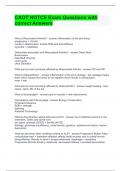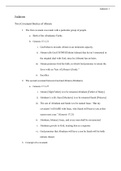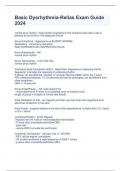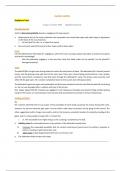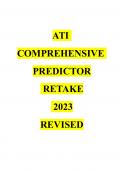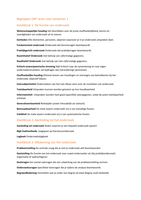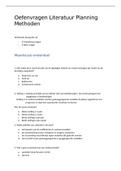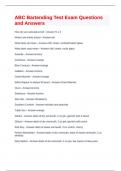Exam (elaborations)
CAOT NOTCE Exam Questions with correct Answers
- Course
- Institution
CAOT NOTCE Exam Questions with correct Answers What is Rheumatoid Arthritis? inflammation of the joint lining progressive + chronic results in deterioration, limited ROM and pain/stiffness synovitis + crepitation Deformities associated with Rheumatoid Arthritis? Swan Neck Boutioneere ...
[Show more]
